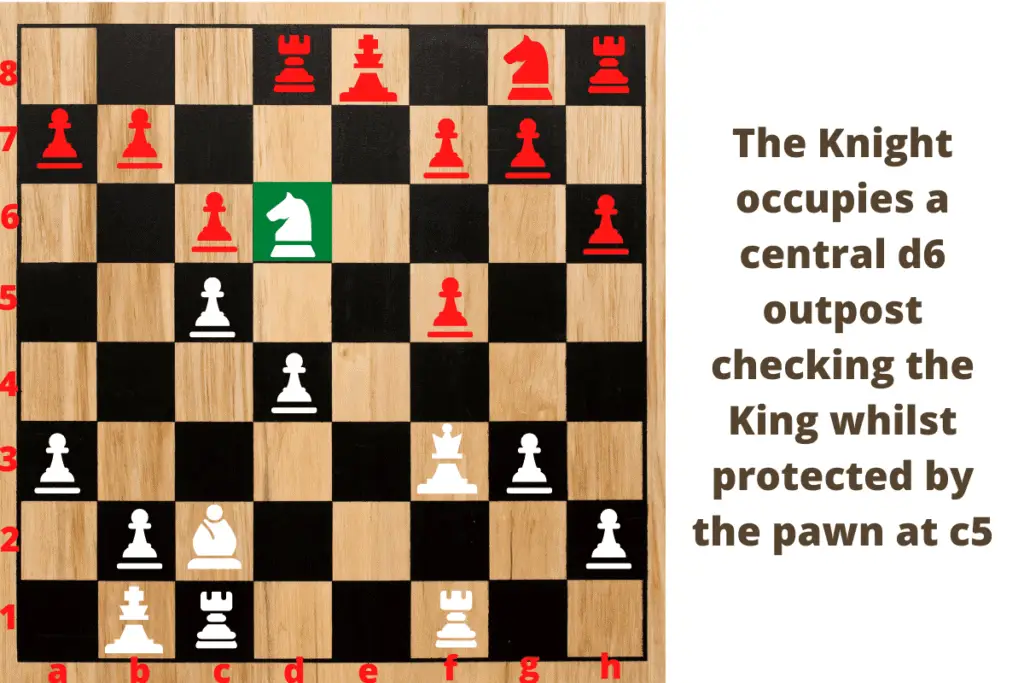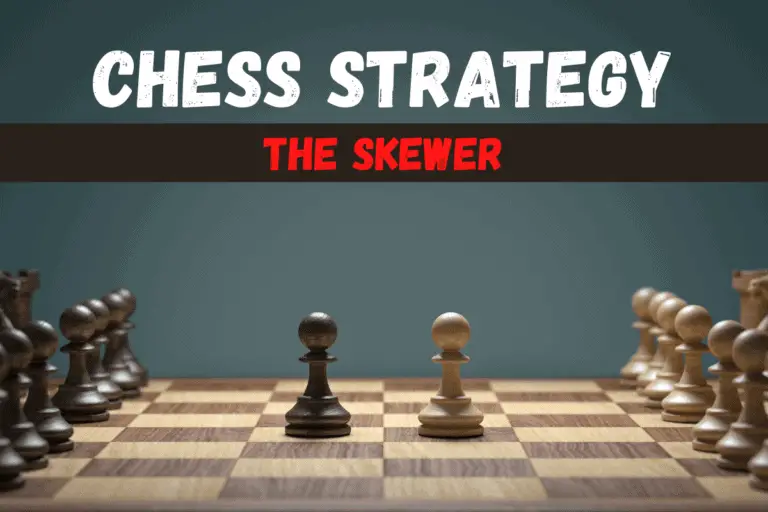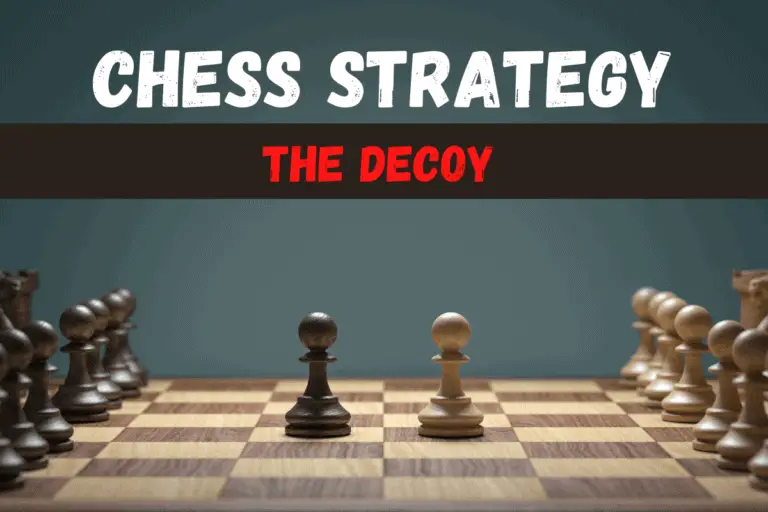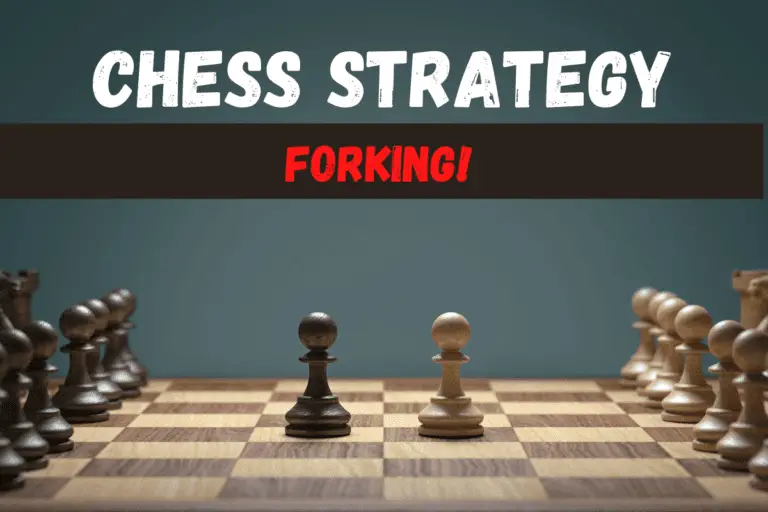Outposts in Chess – Understand the Strategic Value of Outposts
⭐⭐⭐ Take 3 minutes to read and improve your chess game ➡️ : This article was first published on, and is Copyright of Chessquestions.com
There are many strategic squares in chess. Some of them involve the promotion and protection of pawns, while others are used to attack your opponent’s king or queen. Outposts are one such square that can be a valuable addition to any game plan! In this blog post, we will discuss what the term outpost is and why it might be helpful in your next game.
Outposts in chess are strategic positions that offer pawn protected squares [mostly for Knights] on the fourth, fifth, sixth, and seventh ranks. Protected outposts are powerful tools in chess providing special opportunities and protection of your pieces in threatening positions.
Sounds complicated, right? Never fear, chessquestions has the answers, some examples, and a full explanation on how to use outposts to improve your game of chess.

The Importance of Outposts
Outposts can provide some of the most attacking strategies in chess. A knight on the sixth rank will have a range covering the four ranks 4-8 and if located in a central position on file c-f also great width on the board. With the supporting pawn protection, they become difficult to remove without giving up a piece in exchange.
Knights are the Best Piece to Occupy Outposts
Due to the unique and versatile movement of the knight in chess, when space might be tight, they can often be devastating in advanced positions especially on the d -file. Indeed, one might argue that the more advanced a position a knight can take the more dangerous they become.
This is never so true as when they can occupy an outpost on the fifth, sixth and seventh ranks.
Can Bishops be used for Outposts?
They certainly can and can be effective but with fewer attacking options they should be players second choice, for an outpost opportunity. A single bishop will only attack the diagonals from the outpost, as opposed to the multiple options of the knight and greater forking opportunities they bring.
The Most Effective Outposts are Central – (Be careful with those central pawns)
Whilst wider positioned outposts can be effective in attack, the more central the outpost the more coverage they have of the space around them and in turn help with central control of the board.
Your pawn structure here should be considered throughout the opening exchanges to ensure you have some advanced pawns with which to block opponent enemy pawns to create the space and identify the weak squares to target with your knight.
How to Set up and Create a Knight Outpost
Here are a couple of excellent videos I have selected to add for you to watch because they show not only making a move to set up an advanced outpost but also in the second video you’ll see how just the threat that you are eyeing taking up a strong outpost position can provide you a tactical advantage without even getting there.
The first video shows the use of the aforementioned d6 square as a powerful outpost.
The second video demonstrates how effective trying to set up an outpost is, given that black simply has to take action to prevent what would be a devastating outpost position, but in doing so, gives up material and eventually the game.
So even without managing to occupy the outpost, this shows how effective even the threat of gaining a great outpost can give you a tactical advantage.
Knight Outpost Set-Up Practice
As usual, chess.com offers some good puzzles and tasks to use to train and practice your skills at identifying and executing gaining and utilizing knight outposts.
When you next play a game of chess, look for weak squares in your opponent’s game, undefended squares that you can protect with a pawn and use as an outpost.
By learning and practicing, you will up your levels of skill in your game as you build your knowledge of outposts






